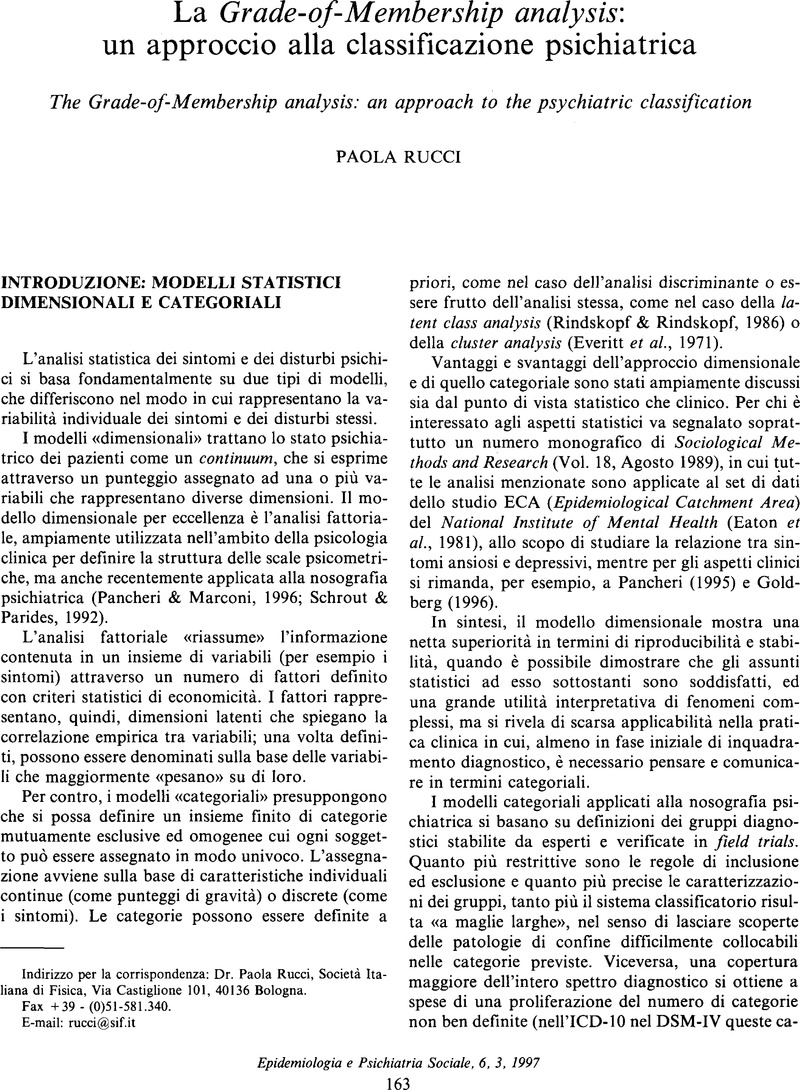Piccinelli, M.,
Rucci, P.,
Ustiin, T.B. &
Simon, G. (
1997). Typologies of anxiety, depresison and somatization symptoms among primary care attenders with no formal psychiatric disorder. Findings from an International Study using grade of membership analysis. Archives of General Psychiatry (submitted for publication).
Google Scholar 